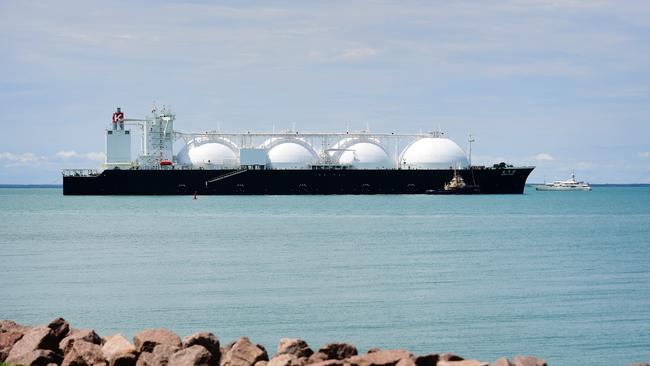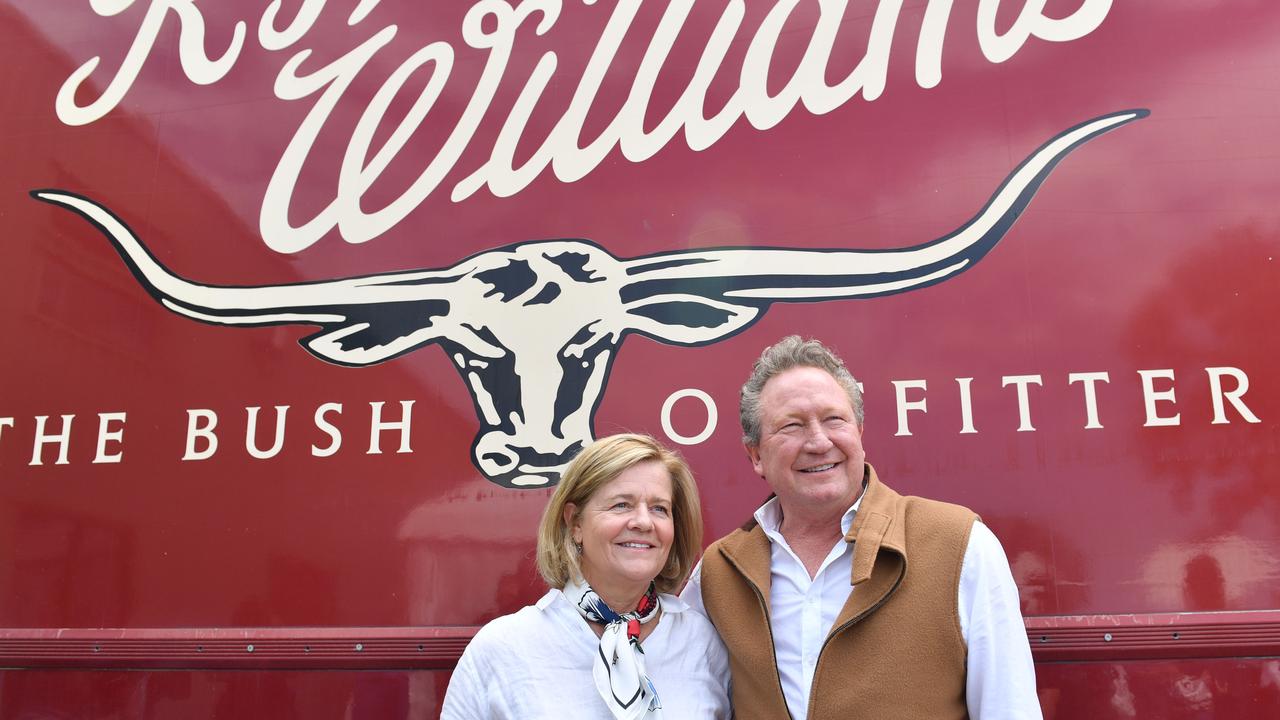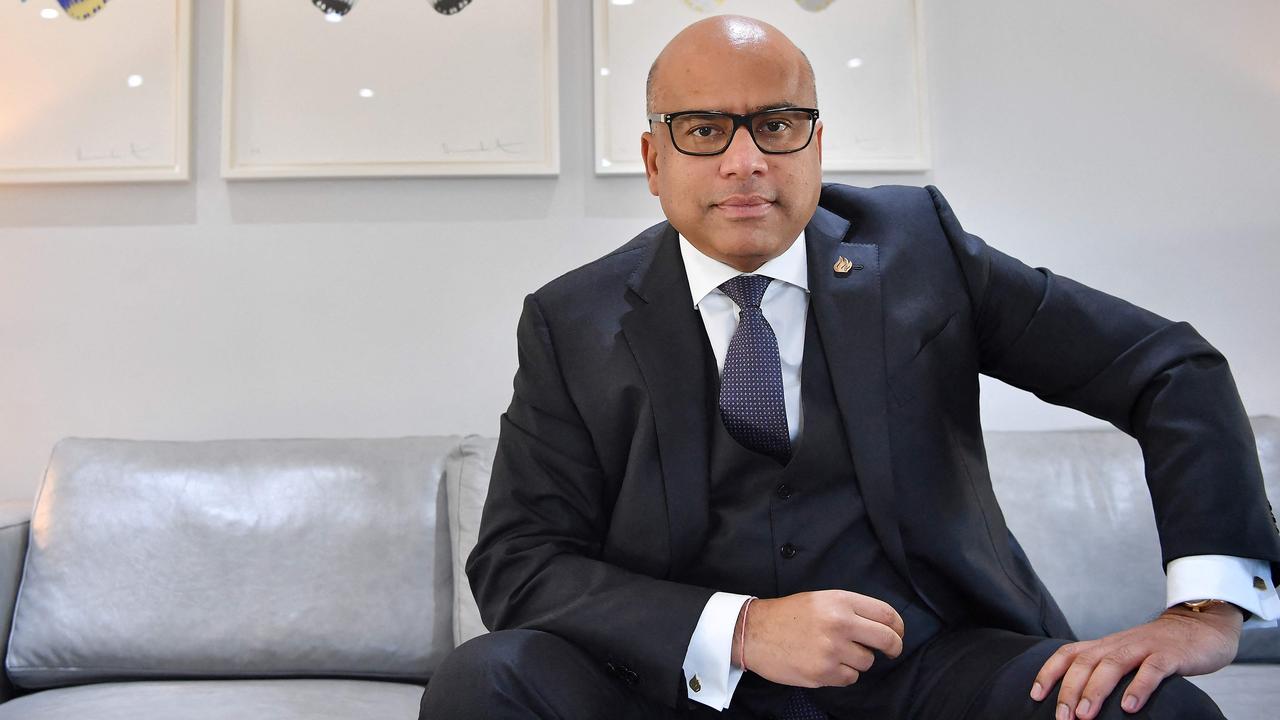AGL signals full steam ahead with LNG terminal plan
AGL says it will press ahead with Australia’s first LNG import plant to help fill a forecast east coast gas supply squeeze.

AGL Energy says it will press ahead with Australia’s first LNG import plant to help fill a forecast gas supply squeeze on the east coast and conceded its relationship with the Morrison government has at times been “turbulent” due to a raft of contentious energy policies.
Despite delays, AGL (AGL) says the case for constructing the Crib Point project in Victoria remains robust.
The company cites a lack of gas discoveries in the state’s once prolific Bass Strait, moratoriums on onshore development and projections of tight supply on the eastern seaboard.
“All the forecasting is saying gas on the east coast is going to go into shortage over the next few years,” AGL chief executive Brett Redman told shareholders today, citing Australian Energy Market Operator data.
“We’re not seeing development coming on quickly and the new drilling going on in the Bass Strait is coming up dry so we’re not seeing big, new reserves necessarily poised to enter the market.”
The AGL chief also conceded its relationship with the federal government has been “turbulent” at times, but said he remains hopeful Canberra and the industry can work together to develop stronger energy policy.
A temporary truce between AGL and the government was shattered last week after Energy Minister Angus Taylor launched an extraordinary attack on Australia’s largest electricity generator, accusing it of reaping bumper profits as households struggle with high prices.
That followed days of acrimonious barbs from energy company chiefs and regulators over the proposed “big stick” electricity regulation. The legislation was pulled by the government this week in favour of taking the policy to the election.
AGL’s relationship with government can be “turbulent and there’s some vigorous debate that goes on,” Mr Redman said. “To me that reflects the concern that people have about the cost and the change that’s going on here and I get that. Behind the scenes with government we are working very hard to try and help that development of good policy.”
The country’s largest power generator put back a final investment decision on its proposed Crib Point LNG terminal in Victoria to 2020 from this financial year due to a state environmental assessment of the facility which is expected to take most of this year.
AGL has previously warned Victoria faces gas shortages in the early 2020s.
It predicts that as coal seam gas supplies from Queensland become more expensive over the coming years — and as Bass Strait volumes level off from offshore Victoria — the supply situation will become more precarious with less volumes to travel south on congested pipelines.
“What we can do is find a way of connecting the domestic market to the global market to bring gas in,” Mr Redman said. “Crib Point is a good site because from a market point of view the biggest demand centre is down south in Victoria so we think that’s the right location.”
AEMO, operator of the national electricity market, spooked gas buyers a year ago when it warned that a sharper than expected decline in gas production in Victoria will lead to shortfalls in the state on peak demand days from the winter of 2021.
The forecast shortage was subsequently reversed in June after the federal government received a pledge from Queensland LNG exporters to divert extra supplies to the domestic market.
However, some energy buyers and analysts remain sceptical whether sufficient supplies will make their way into the east coast market and expect domestic shortages may still emerge over the next few years.
One of Australia’s largest gas producers, Santos, said last month that plans for the nation to import LNG will trigger a price hike and supply squeeze, ensuring foreign operators “have a gun to the head” of local manufacturers.
The South Australian company — which is targeting the development of its $3.6 billion Narrabri coal seam gas project in NSW — says developing the country’s domestic hydrocarbon reserves would lower prices rather than relying on a set of rival import plants which are set to start receiving gas in late 2020 or 2021.




